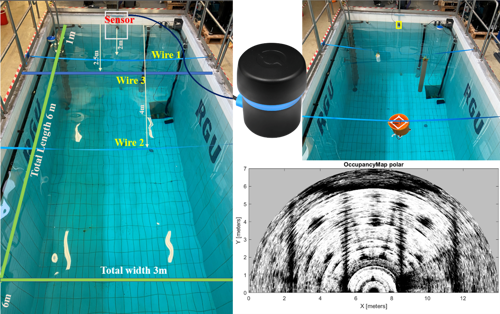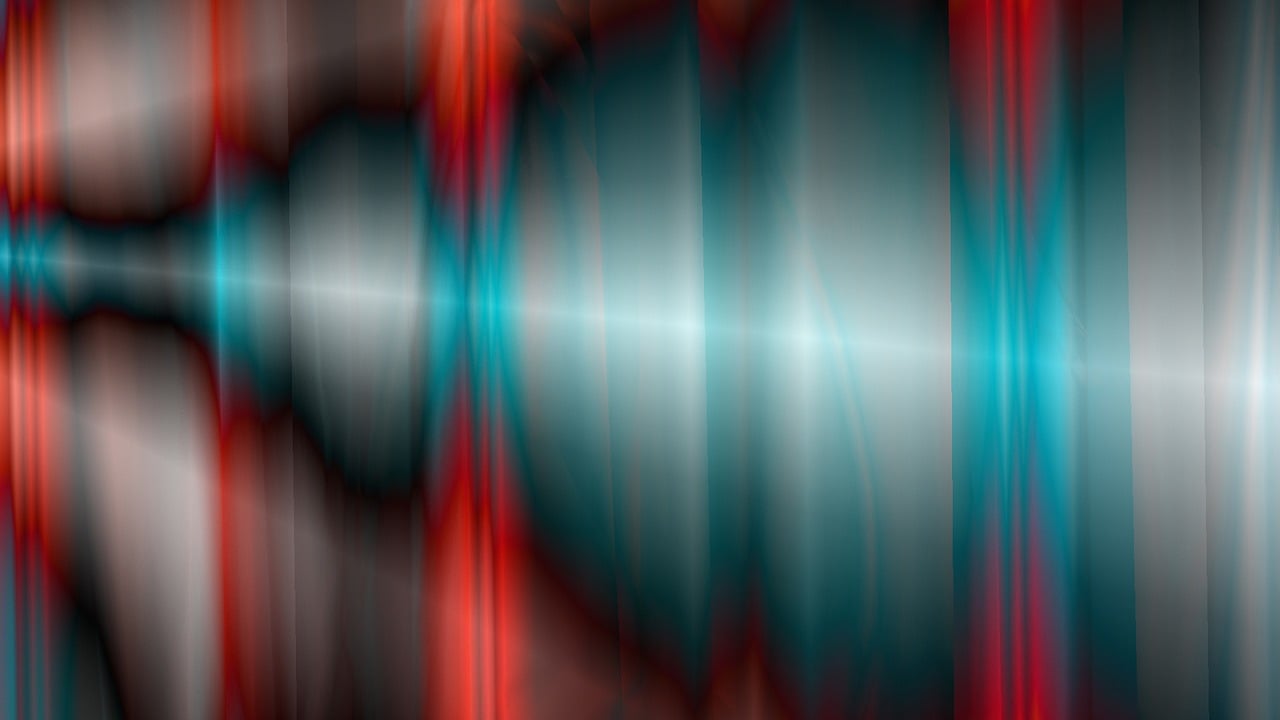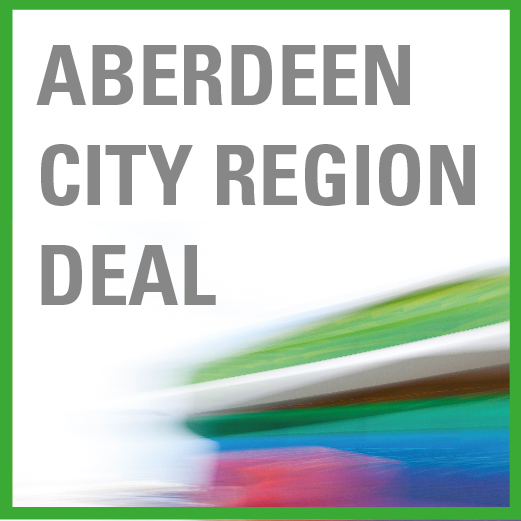Background: SeaSense - The Next Wave in Subsea Operations
Subsea exploration is on the verge of significant transformation, driven by the collaborative efforts of the National Subsea Centre, Net Zero Technology Centre, Robert Gordon University and the University of Strathclyde. The SeaSense project brings together state-of-the-art haptic technology, multimodal sensing and machine learning to redefine the possibilities in subsea operations. Central to SeaSense is a groundbreaking haptic hand interface. This novel development enables human operators to handle challenging tasks in low-visibility and harsh underwater environments, thereby making remote manipulation both precise and efficient.
Importance of Sonar-Based Inspection: Bridging the Gap
Navigating the intricate challenges of offshore installations for oil, gas and wind energy industries necessitates robust subsea inspection methods. While the SeaSense initiative laid the groundwork with its haptic innovations, the unexplored promise of sonar technology has become increasingly evident.
A SeaSense Legacy: Creating the Open-Access Dataset
Dr Junayed Hasan and Hamidreza Farhadi Tolie, led by Professor Jinchang Ren from the Transparent Ocean team, along with Dr. Somasundar Kannan, view sonar technology as an extension of the SeaSense vision. The goal is to create an open-access dataset focused on underwater objects such as pipes and wind turbine bases. This database will significantly contribute to the development of next-generation detection algorithms and represent a critical milestone in sonar technology, rooted in the initial successes and expertise of the SeaSense initiative. The team aim to lay the groundwork for future advancements in this critical area of study.
Current State and Upcoming Plans: Progress and Aspirations
Experiments are being carried out at Robert Gordon University's engineering pool and the National Subsea Centre facilities. Data is being gathered via a single-beam ping 360 sonar sensor and obstacle detection algorithms are in development.
What's on the Horizon? Addressing Challenges and Filling Gaps
Looking forward, there are ambitious plans to refine the collected data and delve into the nuances affecting sonar responses, for example, surface roughness. This will build a more robust framework for sonar-based navigation, filling existing research gaps and charting new territory in the field. As SeaSense continues to make waves in subsea operations, supported by its institutional partners, it sails closer to a future where the depths of our oceans become safer and more accessible than ever before.









